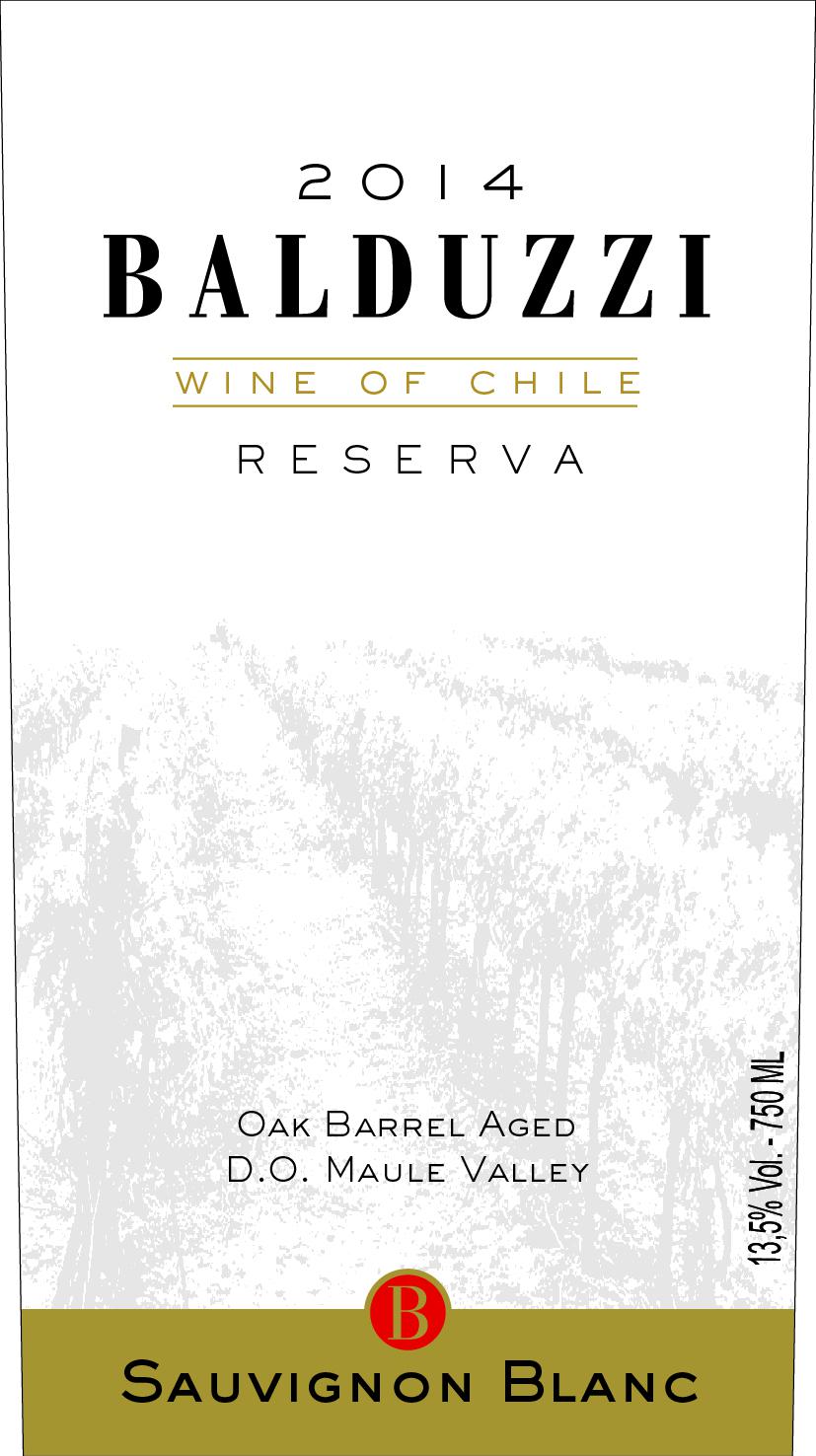2014 Maule Valley Sauvignon Blanc
The Balduzzi Reserva Sauvignon Blanc from the renowned Maule Valley is a captivating white wine that showcases the bright, refreshing character of the Sauvignon Blanc varietal. With a medium-bodied profile, this vintage from 2014 offers lively acidity that enhances its overall crispness, making it a delightful choice for warm weather sipping. The fruit intensity is marked by prominent flavors of zesty citrus and green apple, supported by subtle herbal notes that add complexity. This wine is perfectly dry, creating a clean and vibrant finish that leaves a lasting impression. Ideal for pairing with seafood or light salads, the Balduzzi Reserva is a true testament to the exceptional quality of wines from the Maule Valley.
The Balduzzi Reserva Sauvignon Blanc from the renowned Maule Valley is a captivating white wine that showcases the bright, refreshing character of the Sauvignon Blanc varietal. With a medium-bodied profile, this vintage from 2014 offers lively acidity that enhances its overall crispness, making it a delightful choice for warm weather sipping. The fruit intensity is marked by prominent flavors of zesty citrus and green apple, supported by subtle herbal notes that add complexity. This wine is perfectly dry, creating a clean and vibrant finish that leaves a lasting impression. Ideal for pairing with seafood or light salads, the Balduzzi Reserva is a true testament to the exceptional quality of wines from the Maule Valley.




